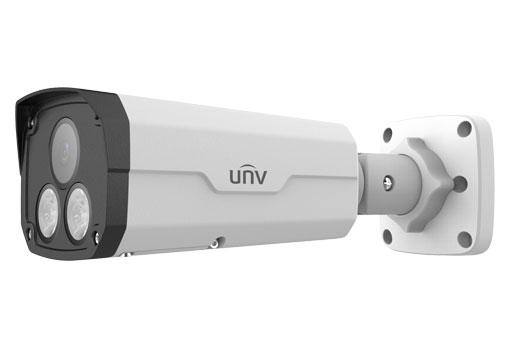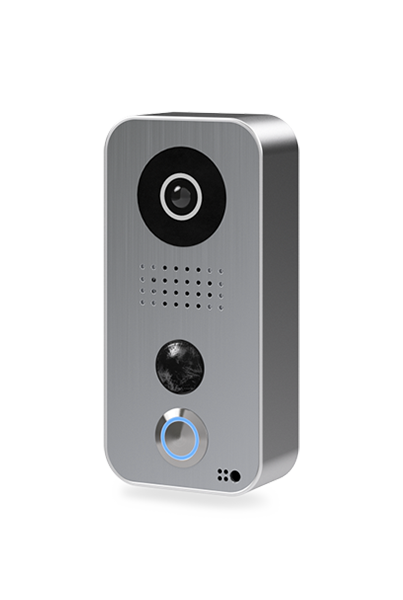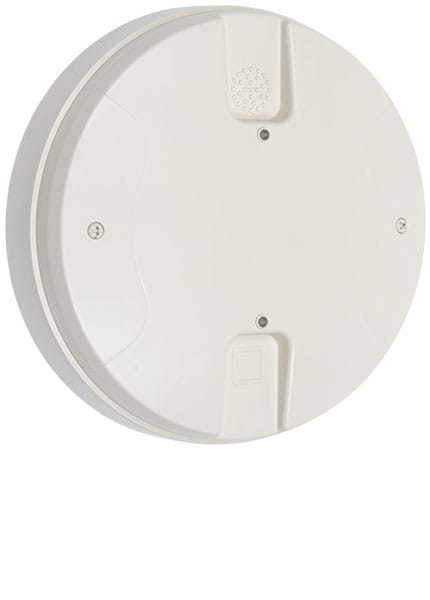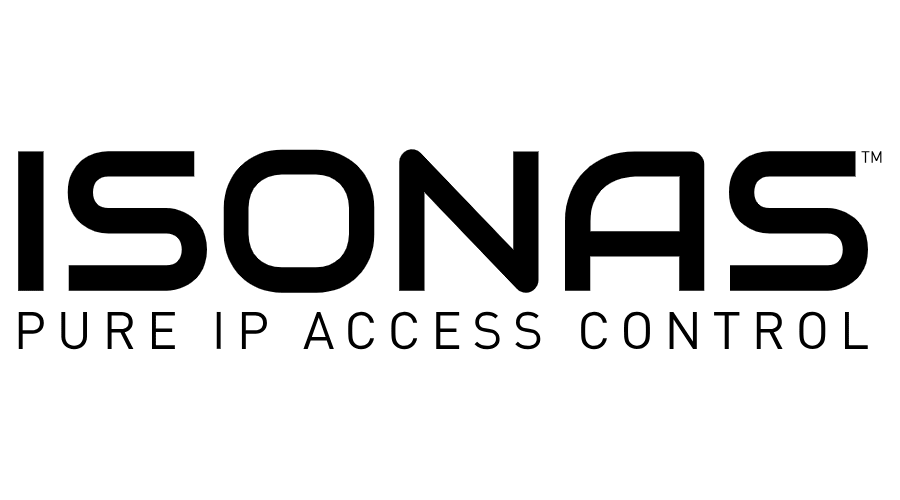Smart Home: Everything you need to know

Rapid technological progress, increasing digitization and ever larger data streams: The idea of a connected “smart” home is more topical and enticing than ever. But just what does “smart home” mean? Where do the roots of this technology lie? What are the benefits and risks? What will the smart home of the future look like? We look at the mega trend from various perspectives.
Everyday life made smart
Mr. Watson is late again. He has no time for breakfast. But at least he has the basic necessities: Bang on the minute, the coffee machine supplies his first hot drink, with the defined quantity of milk and froth. Mr. Watson quickly gets ready for a stressful day at the office. The motion sensor is activated and notifies the garage door, which now opens. In all the rush, he has forgotten to switch off the iron and light. No problem, he deals with that while underway via his smartphone. At the office, Mr. Watson activates the washing machine so that the washing is done just in time for when he knocks off work. Have the kids got back from school safely? A glance at the recordings made by the indoor camera in the entrance hall reassures dad.
Shortly before arriving home, Mr. Watson activates the robovac and the “after-work” scenario via smartphone. While the vacuum cleaner does its work, the living room is bathed in a cozy light. The heating ensures a pleasant, predefined temperature, while soft jazz music makes for a relaxed atmosphere. The shutters close later in the evening. That’s the signal for the outdoor camera in the garden to step into action and monitor the patio and garden.
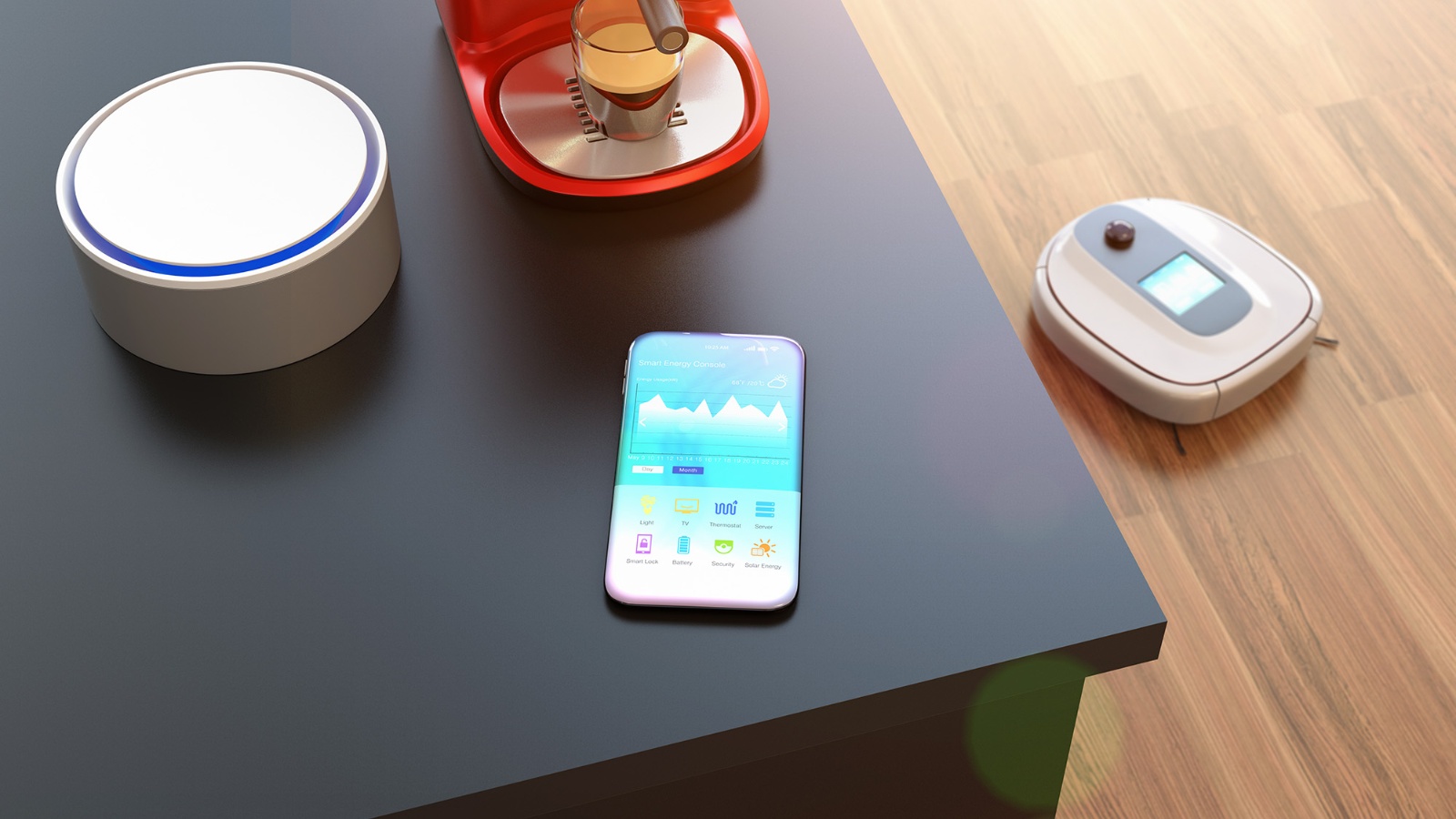
What is smart home?
“Smart home” denotes the use of technical systems, automated processes and connected, remote-controlled devices in apartments and houses. The main objective of the functions is to improve the quality of life and convenience in the home. Other goals are greater security and more efficient use of energy thanks to connected, remote-controllable devices.
Home appliances, such as the washing machine, lights or the coffee maker, can be time-controlled. Devices like motion sensors, cameras, shutters or thermostats initiate user-programmed processes. The heart of the smart home is the central control unit, with which various smart components are connected and can be controlled from the PC, smartphone or tablet. Common wireless standards such as Wi-Fi, Bluetooth, ZigBee or Z-Wave are used for communication or controlling devices. The central control unit is also termed a hub or gateway.
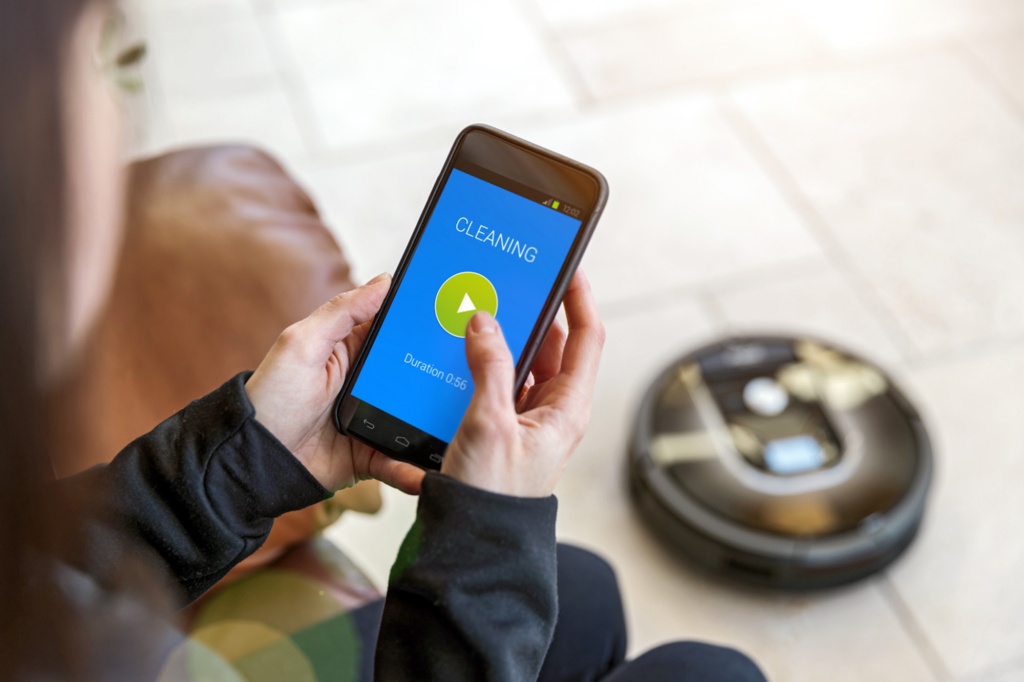
Back to the future: History of smart home
It’s human nature to find ways that make everyday life easier and more pleasant. The area of “home automation” – in effect the predecessor of the smart home – was brought to life through technological progress, in particular through the Internet and computer. Science fiction literature in the 1950s portrayed the first visions of homes that are monitored and controlled fully automatically by machines. The 1999 Disney film “Smart House” was about household computers and the consequences when smart machines take on a life of their own. And Disney proved to be unintentionally visionary in the part of the movie where the house’s intelligent control unit develops the feeling of jealousy. In reality, it will likely be a few years before machines can “generate” emotions – fortunately.
Scientists have already been working for more than 30 years on connecting home appliances and automating their use. Yet it’s only been in the past 15 years that the issue of the smart home has aroused broad public interest. The main reasons: Current challenges as a result of trends like an aging society, greater environmental awareness and the related wish for a sustainable energy supply. Increasing digitization and new means of enhancing convenience in our own four walls were further factors that put the smart home at the center of public interest at the turn of the millennium.
The Fraunhofer inHaus Center, which was opened in Duisburg in 2001, is a lighthouse project in German-speaking countries. The project involves exploring and testing new system solutions and products from the smart home segment in a residential environment. “The House of the Present” in Munich showcased a connected home with centrally controlled electronic processes from 2005 to 2011. The first T-Com House from Deutsche Telekom in Berlin was opened to interested visitors in 2005. The focus of this model project was on connecting various home appliances and controlling them by means of different input devices.
Technological teamwork
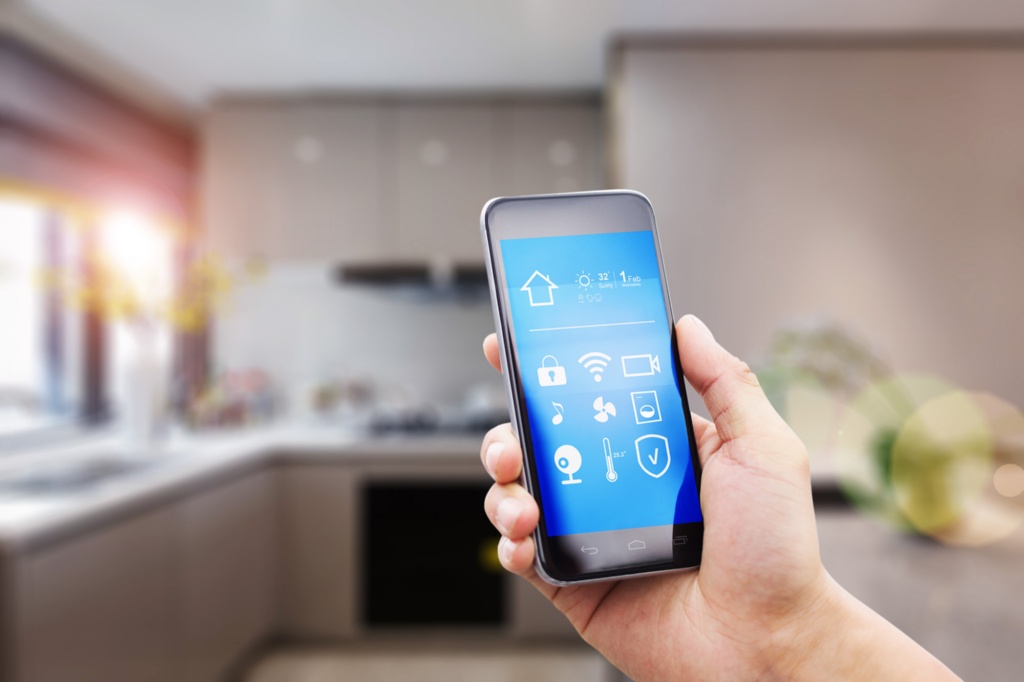
For decades now, a wide range of different home appliances have helped make everyday life more pleasant, speed up processes and hence save time and work. So what additional benefits does the smart home deliver? Without the smart home, the impetus for a machine’s every action has to come from humans, who start processes manually and activate each device individually at the right time. The smart home relieves them of this work by enabling components to communicate with each other. Devices start, control and monitor specific processes in the home on their own, depending on the scenario and on the basis of how they are programmed. Interoperability is the magic word. If devices are interoperable, they can communicate with each other. Only then does the alarm system activate itself when the shutters are being closed. Only then does the heating switch itself off when the window is opened. If there is no interoperability between the elements, the home is simply not smart.
Apart from enhanced convenience, better energy efficiency and greater security are other key aspects. If a smart home thermostat communicates with the window contact via WiFi, it detects a window being opened and thus regulates the temperature. Such a thermostat switches the heating off as soon as it receives information that no one is at home any more from the sensors of other devices. Smart LED lights automatically emit different tones of color depending on the time of day and room. If the outdoor camera on the patio is activated as a result of movements on the property, it also puts the indoor camera on alert, since there might be the threat of a burglary. In homes with elderly inhabitants, a pressure-sensitive mat could notify relatives whether someone has got out of their bed as usual in the morning.
The way to a smart home of our own
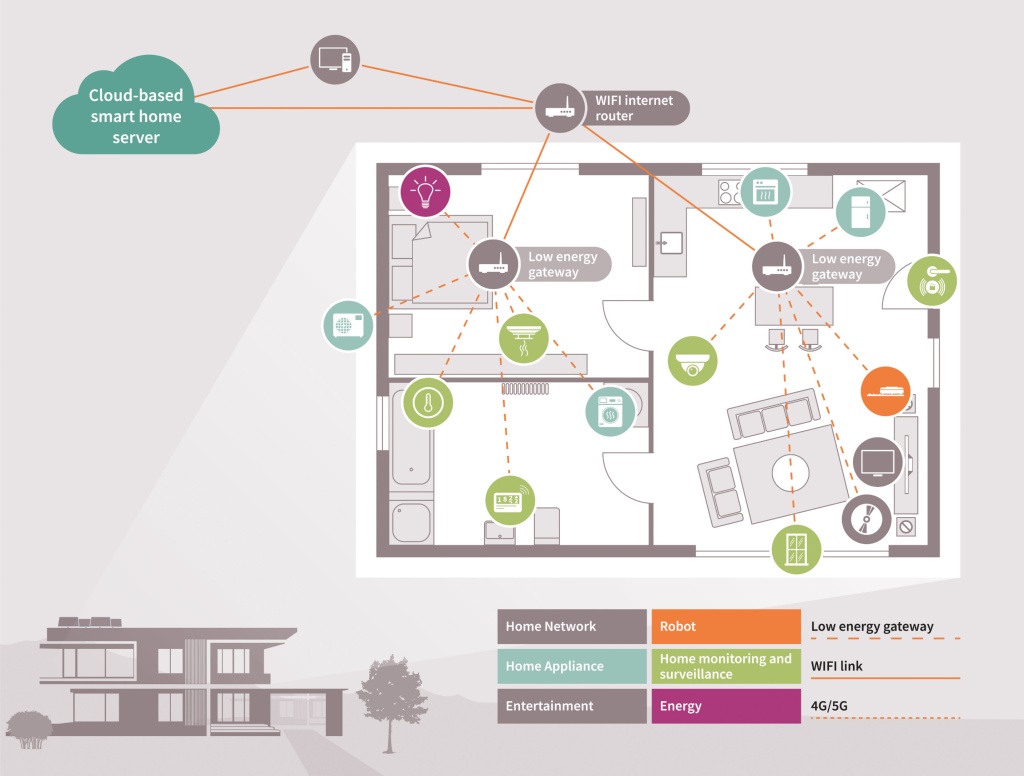
How is a home transformed into a smart home? The required components can be installed and configured without any technical know-how. The following aspects should be taken into account in planning:
- An Internet connection and WiFi are required
- A smartphone or tablet are best suited for controlling and monitoring the devices
- A wireless network is modern, convenient and elegant, but transmission by cable is more secure
- Should the devices be programmable from the central control unit and interoperable, or is a standalone solution enough?
- Are all the devices connected using the same wireless standard (e.g. WiFi)?
- Starter sets are ideal for beginners, but usually only cover a single area: either energy efficiency, security or convenience
- The central control unit should be placed so that all the devices to be addressed are within its radius
0:00 1:42
Living in a smart home
Find out how the life of max is made easier by living in a smart home, and how Infineon is contributing.
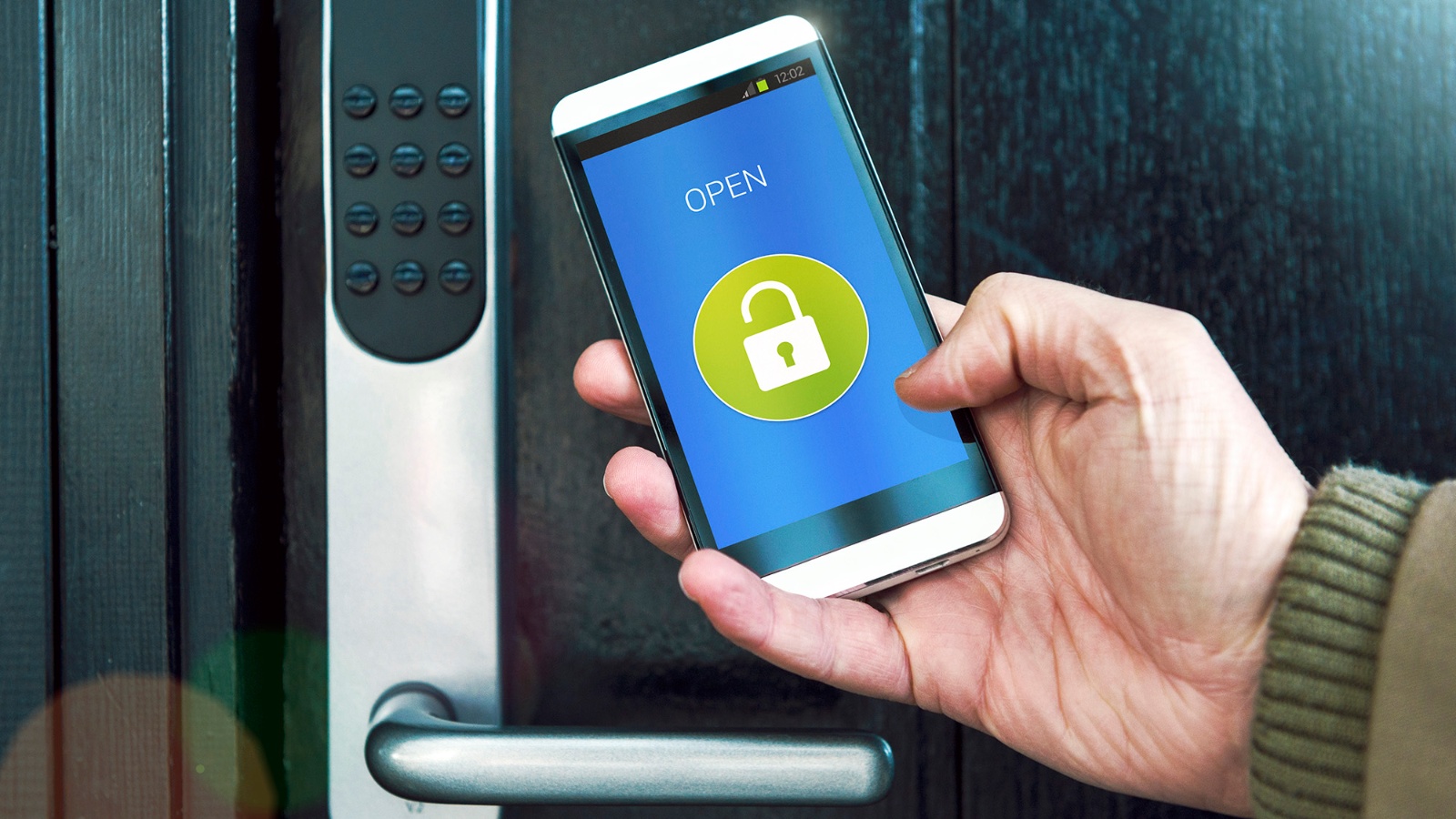
My smart home is my castle – security and data protection
While many technologies deliver benefits, they also entail risks that users should be aware of and minimize. In the case of the smart home, connecting devices and communication by them via wireless connections such as WiFi harbor certain risks. First, personal data may be able to be misused (camera recordings, photos, etc.). Second, there is the risk of cyber criminals manipulating individual smart home components. As part of the latest Cyber Security Insights Report by the U.S. software company Symantec, more than 20,000 smart home users worldwide were surveyed, including 1,000 from Germany. The results show how people sometimes make it easy for online criminals to access data and devices:

